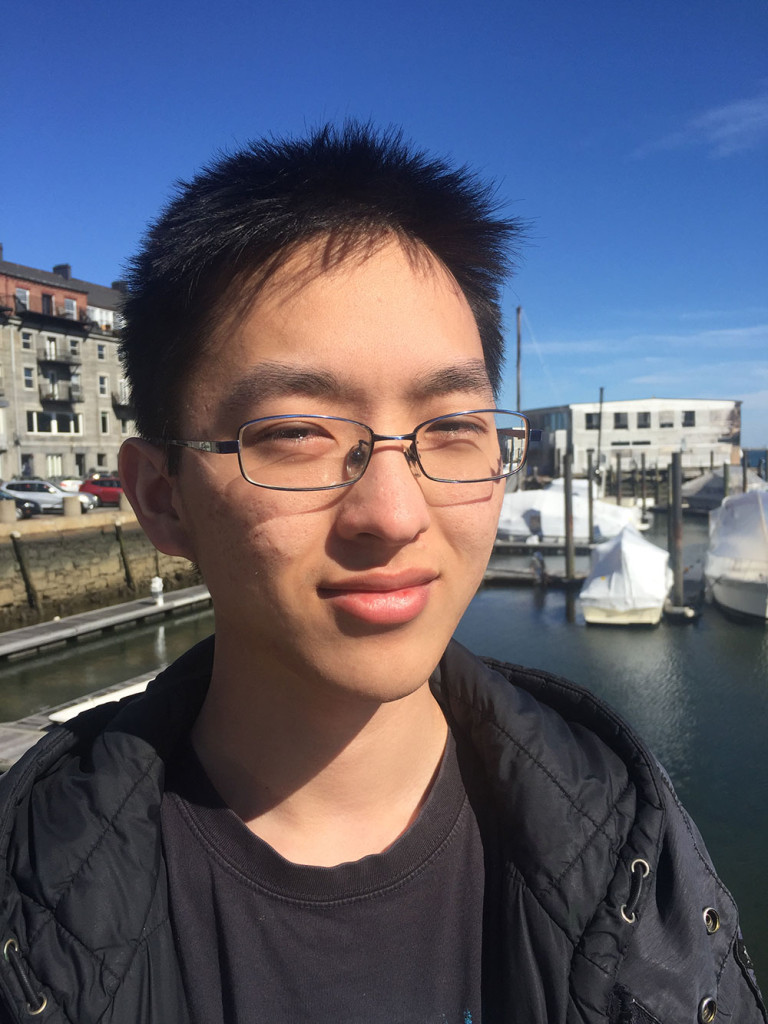Cain Hung’s MSE Analyses
By Allison McLellan
Cain Hung is a first year graduate student pursuing his Ph.D. in materials science and engineering. Under advisor Dr. Rainer Hebert, he analyzes additively manufacture aluminum alloys and the microstructure of 3-D printed parts. Before coming to UConn, Cain studied MSE at the University of Pittsburgh where he worked as an undergraduate researcher and lab technician.
Why did you choose to come to UConn?
Primarily for the research. I was specifically aiming to do work with 3-D printed materials and luckily there was an opening on exactly such a project.
What research are you involved in with Dr. Hebert’s research group?
So far, [Dr. Hebert] has revealed the complexities of an already complex system. I mainly work in metallography of 3-D printed parts, everything from fabrication to characterization. I currently analyze the microstructure of 3-D printed/additively manufactured alloys and figure out what it consists of and how we might replicate that sort of structure using other means. This effort will be used for designing a new alloy, which will show characteristics specifically suited to the processing profiles found in the additive manufacturing process.
Why is materials science and engineering important to you?
One aspect is that MSE can lead to pretty neat creations: bullet-proof glass, solid state electronics, stronger and lighter alloys that enable things like space exploration. I think it would be exciting to be a part of a project that leads to something new and has an impact.
Another, perhaps less shallow, reason would be it satisfies some basic curiosity about how the world works. It lets me look at something and see a glimpse of the thought process behind how it’s made, or figure out why ceramic mugs tend to break at the handles.
What are your hobbies?
Video games and puzzles. I used to do quite a bit of gymnastics and parkour, but not so much recently.
What are you passionate about?
It’s difficult to say. Certainly at times I’m very passionate about science and the work I do, but not always. For me, it comes in bursts and can really be about anything. Some examples are: a frustrating problem, some alumina polish that continues to be present in the final sample and refuse to be removes, and plotting data.
Who is your role model?
Nikola Tesla, [a Serbian American inventor, electrical engineer, mechanical engineer, physicist and futurist best known for his contributions to the modern alternating current (AC) and electricity supply system,] is the first name that comes to mind. But I wouldn’t say I attempt to emulate any specific person; rather, I would like to think I look up to the values they embody. I admire how [Tesla] was able to make so many contributions to science as a whole.
Published: April 8, 2016
Categories: news, research, undergraduate students
Available Archives
